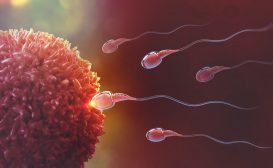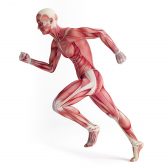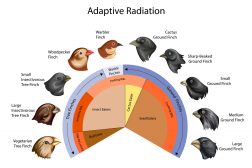Definition
noun, plural: tracheids
(botany) A tubular cell in the xylem of vascular plants whose primary function is to conduct water and mineral salts, provide structural support, and prevent air embolism in vascular plants
Supplement
The xylem is the vascular tissue responsible for the upward conduction of water and nutrients from the roots. The xylem tissue moves water and nutrients to various parts of the plant such as shoots and leaves. Its major components include xylem parenchyma, xylem fibers, tracheids, and xylem vessels.
Tracheids are one of the two types of tracheary elements of vascular plants. (The other being the vessel elements). A tracheid cell loses its protoplast at maturity. Thus, at maturity, it becomes one of the non-living components of the xylem. Tracheid cells are tube-like with tapering ends. The average length is 5 to 6 mm. The cells have primary and secondary cell walls. The secondary cell wall is lignified and forms in between the primary cell wall and the plasma membrane in various thickening patterns. The most common patterns are annular, spiral, scalariform, reticulate, and pitted. When viewed from the top, the cells appear angular and polygonal. Tracheids have pits, which are concave depressions on the cell wall. In general, each of the pits has a complimentary pit on the neighboring tracheid cell. These pits that are complimentary are called pit pairs. Through them, water can move across from one tracheid cell to another.
In pteridophytes, tracheids are the only water conducting elements. In gymnosperms, the wood is composed chiefly of tracheids. Conifers lacking vessel elements produce the so-called softwood.
See also:
Dictionary > Tracheid
You will also like...

Non-Mendelian Inheritance
In this tutorial, find out more about certain types of inheritance that does not follow the Mendelian inheritance patter..

Human Reproduction and Fertilization
For human species to obviate extinction, reproductive mature adults should be producing viable offspring in order to con..

Biological Cell Defense
Organisms employ different strategies to boost its defenses against antigens. Humans have an immune system to combat pat..

Control of Body Movement
Some of the body movements can be controlled at will, others cannot. The body has a motor program, which is the pattern ..

Adaptive Radiation
The diversification of several new species from a recent ancestral source, each adapted to utilize or occupy a vacant ad..

IQ, Creativity and Learning
Human intelligence provided the means to utilize abstract ideas and implement reasoning. This tutorial takes a further l..

